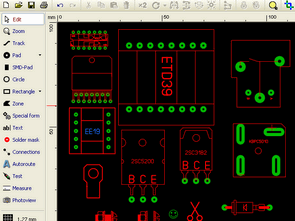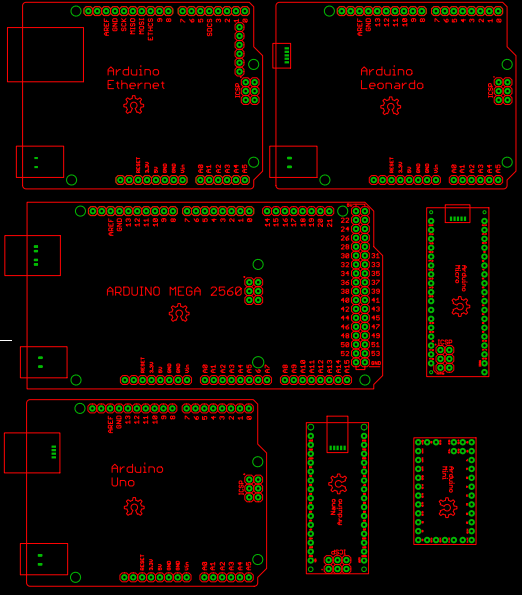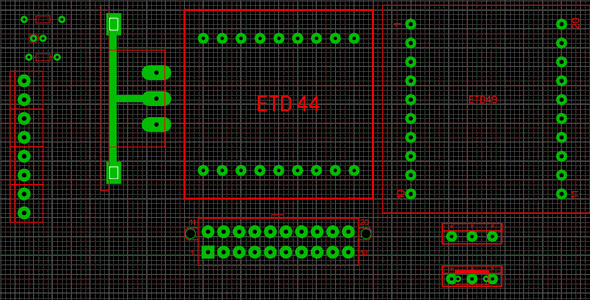
As the objective of this project is to determine the stability of an LM3886-based amplifier, the primary point of interest is the open-loop gain/phase curve. In other words, simulation results need to be compared with reality. The first step with any simulation project is to validate the models used.

I.e., m = 10 -3 = milli and M = 10 6 = mega, unlike Spice which is not case sensitive and uses "meg" for mega. Note that TINA uses modern day SI notation for the prefixes. I chose TINA because it is directly compatible with the Spice models found on TI's website.
#Lm3886 sprint layout macro simulator
Simulations have the beautiful feature that circuit performance under ideal conditions can be compared with circuit performance under real conditions by including the relevant parasitics in the simulation.įor the simulations, I chose to use TINA-TI, a free Spice circuit simulator available from Texas Instruments. To determine the impact of each of these culprits, I rely on circuit simulations validated by laboratory measurements. Operation without Zobel or Thiele networks.Excessive parasitic inductance in the feedback network.I have identified five main causes of high frequency instability: Hence, many amps have been given a bad reputation for being "tweeter eaters". This is further exacerbated by the fact that many DIY enthusiasts do not own the tools, such as oscilloscopes and signal generators, to spot the signs of instability before the speakers are connected. These signals will dissipate significant power in the speaker tweeters, causing them to fail. High frequency instability can cause the amplifier to emit large signals at frequencies well above the audible range for humans. The main source of concern of the DIY crowd appears to be stability.




 0 kommentar(er)
0 kommentar(er)
